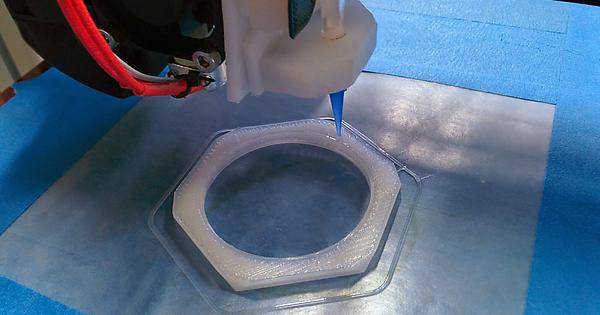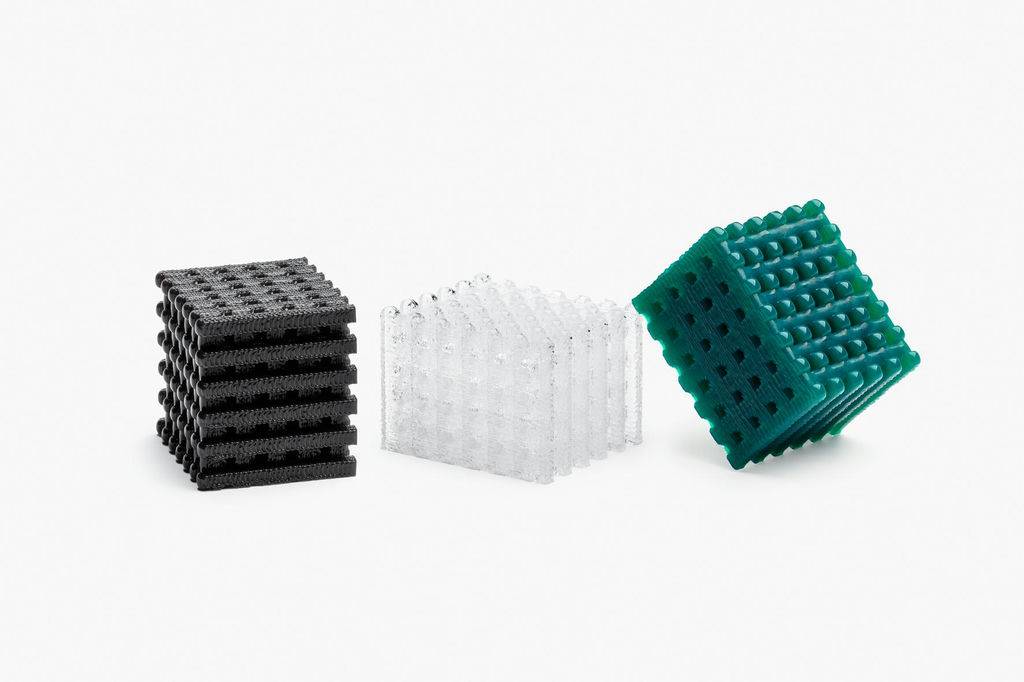One of the greatest breakthroughs in the field of additive manufacturing in recent years was the addition of silicone as a material for 3D printing. Let’s have a look on how silicone joined the family of 3D printing.
Introduction
The entries of new material into 3D printing allow manufacturers to produce mechanical parts, functional prototypes or tools in a new way. It also provides manufacturing industry with a new level of freedom to innovate and design. The more number of 3D printing materials are available in the industry; easier will be the product development.
Additive manufacturing with Silicone is now possible
The emergence of a new process that makes 3D printing with silicone possible is one of the recent developments in AM industry. This new technology brought excitement to the industrial 3D printing community, as 3D printing with actual silicone is a game changer. Initially, it was not possible to melt silicone by exposing it to heat and then print a 3D object layer by layer like it is with plastics or metals.

It is for sure that this new material into 3D printing will have a great impact on our technological future.
Developed by ACEO in partnership with WACKER, the first silicone 3D printer has made it possible to produce 3D objects from silicone materials without thermal changes. This new invention brought great options in the health and medical areas of application, as silicone has been considered to be tear resistant and bio-compatible in these areas.
How does Silicone 3D printer works?
Named as ACEO Imagine Series K, the 3D printer functions like an inkjet printer as well as its main components are the silicone extruder, the cartridges, the printer base and the pump. The workspace and a robot are within a glass case. It features a “drop-on-demand” method, wherein printer heads deposited tiny silicone droplets on a substrate, and were then built up layer-by-layer. The structure is then cured with UV light.
The printer features a 500mm x 500mm build envelope, and runs on WACKER Chemie’s proprietary software. It can also create overhangs and internal lattices by using water-soluble materials.
The silicone 3D printer is capable of printing in extremely fine detail, with each strip of silicone measuring 0.6 millimeters wide, and only 0.3 millimeters thick.
WACKER detailed several immediate uses for their new technology, including custom printed silicone respirator masks, hearing aids and nose pads for eyeglasses. Because silicone is transparent, WACKER SILICONE is also devising other optical applications, such as contact lenses that can be 3D printed to order.
Silicone’s applications and properties
Silicone’s manifold properties make it ideal for the most diverse applications:
- It is biocompatible, making it a good option for several applications in the medical field.
- Temperature and radiation stability allows silicone for application in the automotive industry and in outdoor products.
- Its elastomer properties make it suitable for applications where a low compression set or high flexibility is required.
- Transparency makes it applicable for optical equipment, for example.
- It is electrically conductive but also an insulating material that can be used for sealing in automotive industry and other hydraulic applications.
Top Commercial players in the silicone 3D printing industry
- Chemical manufacturing giant, Wacker Chemie, who created the first 3D printer for silicone products. Currently, the company use ACEO as a registered trademark for selling and manufacturing silicone 3D printing products.
- US-based 3D printer developer Carbon 3D provides a resin-based material solution called urethane
- Fripp Design and Research, offers a silicone 3D printing service under the name Picsima.
- Envisiontec offers professional grade 3D printing solutions such as E-Silicone materials for additive manufacturing.



